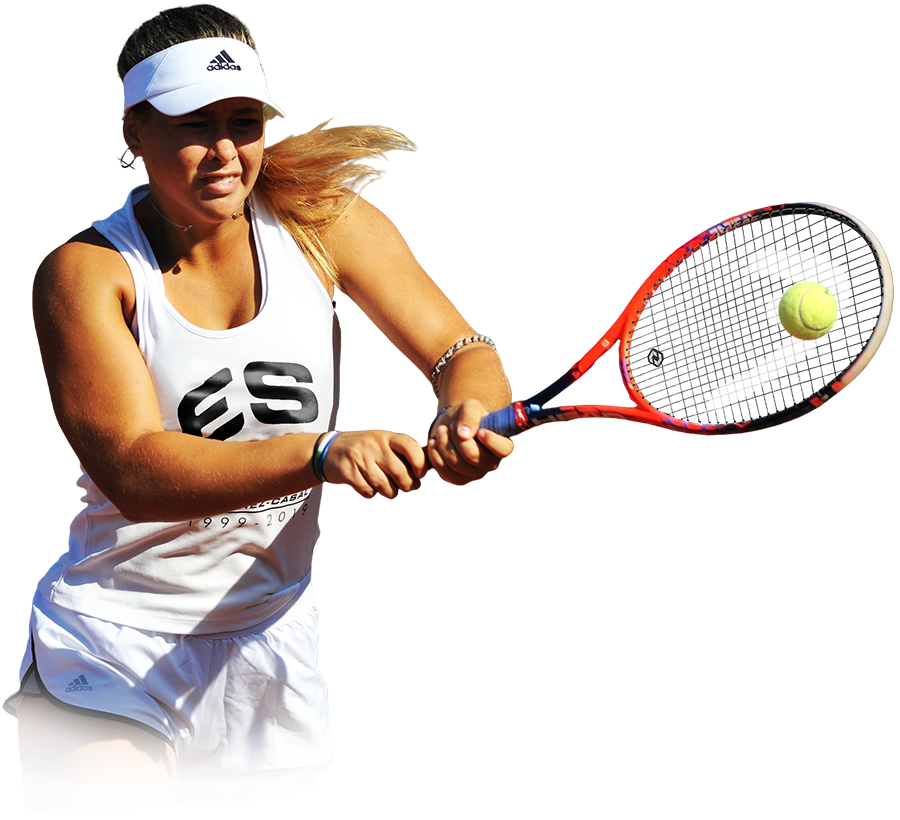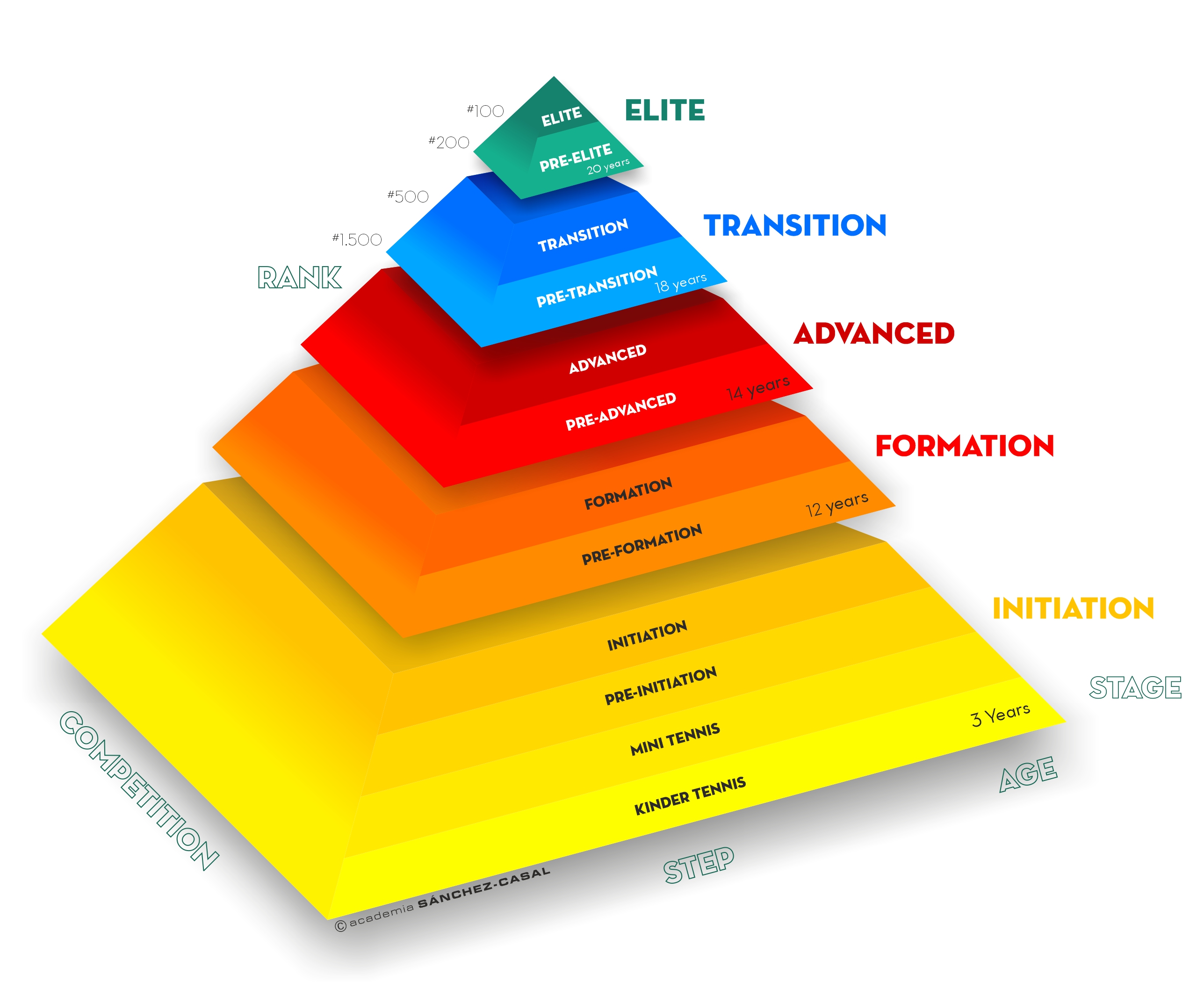
ES Academy Player Development and Competition plan
At Emilio Sánchez Academy, the development of our long-stay players is very important to us. That is why we created the ES Academy Player Development and Competition Plan, summarized in the Emilio Sánchez Academy Pyramid©, which shows players the path to success in the professional world of tennis.
Each stage of the Pyramid relates the approximate age of the player with the aspects that must be consolidated during each stage, and the objectives that must be reached. In the Academy, the entire process is supervised and evaluated by the player’s tutor, who creates personalized objectives for improvement every season.
In addition, specialized coaches in each developmental area work on specific aspects in order to help the player achieve these objectives.
Emilio Sánchez Academy ensures that each player achieves appropriate progress and is in the right position to maximize his/her competence at all times.
Initiation
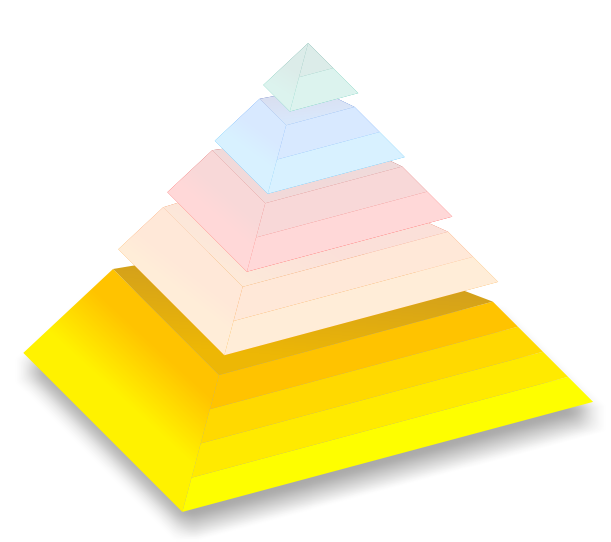
Kinder Tennis
Afterschool, 3-4 Years Old (*)
At this age, kids discover Tennis. The students play with foam balls and red balls. It is astage of discovery; the students get familiar with the ball, racket and court in their own way.
General objectives
They learn about space and location. They get familiar with the tools to work with (rackets, balls, cones, lines…)-
Technical
They learn how to use the racket and make contact with the ball. And they start to understand how to position themselves on the court close to the net.
-
Tactical
They come to understand basic terms. They learn to listen to and respect the coach.
-
Athlete body
They start to have fun through games (i.e. 'cross the river'); they step on flat objects to get across the court. No more than 8-10 minutes here.
-
Athlete mind
This stage offers lots of opportunities to learn. Learning is achieved via coaches modeling. Reinforcement is very important. Kids socialize through games. Athlete mind system level I
Minitennis
4-6 Years Old (*)
The foundation for working on stroke technique begins at this stage. Technical tennis-specific terms, however, are not used with the students at this time. Instead, they are given clear, simple commands to avoid confusion and frustration. The key at this level is to encourage fun engagement, with the goal of getting the youngsters to want to come back for more. They play start playing with orange balls.
General objectives
The objective of this stage is to differentiate between the forehand and the backhand. It is important to help the student develop creativity and imagination.
-
Technical
Next, they start to learn the relationship between movement and a stroke. They begin to judge and play with balls that bounce.
-
Tactical
Here the first strokes are made, and short rallies with low repetitions are begun.
-
Athlete body
Develop coordination by catching tennis ball while standing on one foot, playing tag in a space designated by the coach, and jumping over small cones. 10-12 mins.
-
Athlete mind
Players learn through modeling. They need constant reinforcement. Make sure the games have easy rules to follow. Provide constant stimulation. Athlete mind system level I
Pre-initiation
7-9 Years Old (*)
Assimilate the technical concepts. Adjust and improve technique from the back swing to contact to finishing the shot from the waiting position after doing the split step.
General objectives
Initiate the exchange of balls between players without the participation of the coach. Basic competition, with adapted rules, can start to begin.
-
Technical
Explain the required movement before and after hitting. Demonstrate and instruct how to move in all directions, i.e. forward, backward, lateral and diagonal. Also introduce the serve.
-
Tactical
Players are introduced to the rally. They start to play in the square of the serve and slowly progress back from the net steadily deeper toward the baseline.
-
Athlete body
Pat head & rub stomach, carioca quick step, and shuffle from side to side. Learn to stand one foot for a period of time. Jump over small hurdles landing in a good tennis position.
-
Athlete mind
Create a motivational climate via task oriented activities. Play games with rules. Introduce concentration games. Provide positive reinforcement after a goal or a task is completed. Athlete mind system level I
Initiation
10-12 Years Old (*)
When our players arrive at this stage, they have been sharpening their strokes, their agility, balance and coordination. Now, they learn how to place the ball intentionally and position themselves properly in the court.
General objectives
They're ready to develop more dynamic movement. Drills/controls can become more challenging. They should start rallying with a partner, and they're encouraged to play at least 1 tournament per month. They should know how to keep score and the basic rules of tennis. At the second part of this stage, they start executing different shots, and they are introduced to all different areas of the court. They start learning to play points with a purpose, building and closing the point.
-
Technical
Stage 1: Learn topspin, and body position. Learn to serve with the right grip.
Stage 2: Develop consistency when rallying. Learn how to hit volleys, overheads, lobs and approach shots.
-
Tactical
Players continue to practice rallying with other players. At the end of this stage, they should be able to rally at least 12 balls with another player from the baseline, while changing directions between forehands and backhands.
-
Athlete body
Understand why players must warm-up. Display knowledge of injury prevention exercises for shoulders (elastic external rotations, Y's, T's and rows). Engage in Level 1 of ladder (agility) exercises. Gain better understanding of foot placement.
-
Athlete mind
Create a task-oriented climate. Play games with rules. Concentrate on mid-term exercises. Teach to seek permission. Ask questions. Reinforce lessons. Introduce basic mental skills tools through games. Athlete mind system level I
Formation
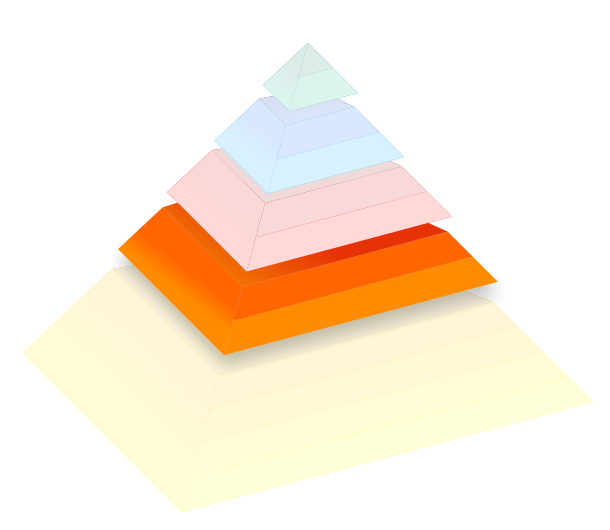
Pre-formation
12-13 Years Old (*)
At this point, players should become consistent, have good technique and know how to place the ball successfully in all areas of the court.
This stage also requires a significant amount of competition. Players learn how to incorporate tactics and strategies into their game.
General objectives
Players learn the importance of mental toughness and the need to set their own realistic goals in order to enhance performance on the tennis court.
At the end of the stage, they should play at least 2 tournaments per month. ES Academy will assign coaches to attend local and regional tournaments.
-
Technical
Stage 1: Players work on how to use different spins, speed and depth in all kinds of shots.
They learn to vary the distance of shots on both forehand and backhand sides, and how to generate power from their legs.
Stage 2: The players are introduced to live ball drills, control with movements, distance and depth of the shots along with match play strategies.
-
Tactical
Players are introduced to the importance of changing directions on both the forehand and backhand to build points and set up strategic plans. At the end of the stage, they should be able to compete using all shots.
-
Athlete body
Introduce more advanced hand-eye coordination drills (i.e. juggling), the concept of swimming for time, and proper techniques in push-ups, pull-ups, squats, and posterior (pulling exercise) chain. Students must work on their aerobic capacity with different rest-to-work ratios.
-
Athlete mind
Again, have students work in a motivational task-oriented climate. Mid-to-long term exercise routines must be created. Coaches have to reinforce and motivate players, understand them and know how to inspire improvement. They must practice basic routines on and off court, and work on positive body language as well. Athlete mind system level I
Formation
13-14 Years Old (*)
During this stage, players are trained mainly on the tactical, physical and mental aspects of competition. They must have balance with their body, accuracy with their shots, and adjust to the appropriate height, depth and distance from the ball.
General objectives
Players will learn how to play in offensive and defensive situations, improve decision making skills, and find solutions on their own. They will set up goals for daily training and matches, manage emotions and analyze matches to identify what worked well and what were mistakes. Players should play tournaments regularly and participate in ITF tournaments. Coaches will be assigned for ES Academy, local, regional and international tournaments where participation is recommended.
-
Technical
Students work on specific drills that will build their game. They are all based on repetition and creating habits to use in competition.
Height, Length, Depth and areas on the court are all stressed.
-
Tactical
Players start playing points in the back court and try to finish at the net. They continue working to improve their movement and footwork. They start developing routine patterns between points.
-
Athlete body
Medicine balls are used to generate power through weight transfer (down to up), rotational throws, and slams to help with stroke power. Nutrition and hydration talks are organized; speed development is emphasized.
-
Athlete mind
A task-oriented motivational climate should be created. Basic routines on and off court and positive body language should now be almost habit. Students also need to practice long-term concentration exercises. Athlete mind system level I
Advanced
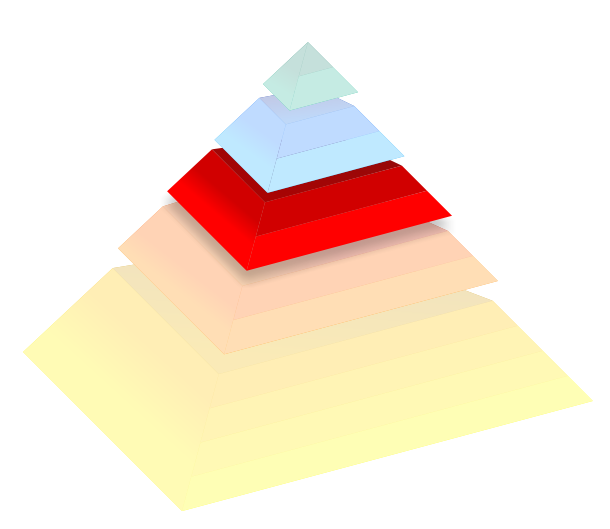
Pre-advanced
14-16 Years Old (*)
Work continues here on tactics. Match situations are repeatedly stressed. Start with drills, continue with control exercises, and try to use elements from both in actual competition. More emphasis is also placed on the physical/mental pillars, since the player's growth in previous stages has been key. Now they start to compete at a level where the physical and mental development of their opponents is becoming more consistent.
General objectives
Players can start competing now against any other player.
Work on developing the pattern of play that will allow the player to compete with the tools he/she possesses. Developing mental focus and strength, learning to overcome adversity, and controlling emotions, all become key parts of one's game. This stage can start from the 'Junior U16' era at age 14 to the 'senior' years at 18-19, depending on the player's circumstance.
-
Technical
Continue building good player habits with specific drills on how to utilize different heights, depths, speed and power within a specific point.
This can start in the junior stage at 14 to the senior years at 18-19, depending on the player's circumstance
-
Tactical
Players start to develop their pattern of play. They learn what they do well and what their specific weaknesses are. They need organize a plan with tools to strengthen both areas.
-
Athlete body
Work on changing direction on demand. Make sure it involves a positive step forward. More body weight strength on a single leg, progresses into resisted single leg strength. Major anaerobic capacity work begins.
-
Athlete mind
Motivational climate task-oriented. Control the basic mental tools learned during practice and implemented during matches. Reinforce strong, positive habits. Athlete mind system level II
Advanced
16-17 Years Old (*)
This period is special to many players, especially the ones that develop more slowly. Suddenly they start to see their potential and feel more confident about challenging anyone. Work continues on the tactical pillar with lots of match situations starting in drills, continuing with control exercises, and trying to use them both in matches. The Athlete Body and Athlete Mind pillars remain crucial to leveling the 'mind and body' playing field.
General objectives
Continue competing against anyone from any level. Develop patterns that help strengthen one's most successful tools. Try to compensate for weaknesses and avoid vulnerable areas. On the mental side, focus on how to control adversity and deal with pressure situations. This stage can run from the end of the junior U16 stage at 16 to almost the senior years at 18-19 depending upon the specific player.
-
Technical
Start perfecting a player's best shots under competitive pressure. Develop a 'go to' weapon. Keep focused on mastering shots so that one can begin playing without thinking about technique and results. It should start becoming natural to rely on one's best shots in match play situations.
-
Tactical
Players need to play a wide variety of match situations. Start with drills, continue with the placement control, and incorporate lesson from both into match play.
The objective is for players to learn how to rely on their best shots as often as possible.
-
Athlete body
Players have to work with plyometric to add shot height and depth. Introduce the inside and outside edges of feet and the ability to move off of each edge. Demand that performance goals be set and met. Olympic lifting principals are taught, with emphasis on technique. Anaerobic capacity to 4:1, 3:1.
-
Athlete mind
Motivational climate task/result oriented. Routines on and off the court, and body language are an habit in practice and matches. Learning recognizing tension and emotional symptoms. Athlete mind system level II
Transition

Pre-Transition
18-19 Years Old (*)
In the Pre-Transition stage, the real battle begins. Players are now able to truly recognize if they can successfully compete at a high level, or not. At this point, it becomes crucial for the player and coach to start building up a pattern of training and competing that is steady and effective. Strong communication is also key when the joint goal of player and coach is to take the player's game to the next level of performance.
General objectives
Practice and compete utilizing the best training tools within an organized plan. Time to become a physical athlete. Time to become a mental competitor. Determine if college tennis or the professional tour is the best path. This important decision must be made before the Transition phase, because college coaches starting recruiting top prospects early.
-
Technical
Players have to define which tools give them the best chance to win 25-30 points.
The serve has to be an effective weapon.
The forehand is often the key tool for controlling the point. Work on all other shots as well, even if they aren't major weapons, to avoid having any exploitable weaknesses.
-
Tactical
Develop steady and effective patterns in practice. Focus on combinations of strokes that work best within attack, defense and neutral zones. Put these patterns learned and perfected in practice, into play during competition.
-
Athlete body
Speed tools are used daily, working on multi-directional speed with emphasis on getting out of corners. Weight training is happening 2-3 times per week. Anaerobic capacity is pushed to 5:1. Time objectives are set to cover specific distances.
-
Athlete mind
Motivational climate task/result oriented. Basic mental tools must become habit. Symptoms of tension and emotional distress must be recognized and addressed. Reinforcement connected with behavior. Athlete mind system level II.
Transition
19-20 Years Old (*)
This stage is the most difficult of the Pyramid. Players play like the best at times, but lack consistency and make far too many mistakes. They experience times of high level performance, but are still far from achieving steady success. The Top 500 in the world may be reachable, but the truth is, only a select number will ever jump to the top 100. For that, a player needs to be almost perfect in the 4 tennis pillars, both in practice and in competition.
General objectives
To avoid making too many mistakes, players need to work hard on static control, movement control, stroke drills and mental concentration.
Financial needs can become demanding with players depending on family resources and help from their federation and/or sponsors. The support and training approach of the coach is key to the continual improvement of the player throughout the ups and downs of improving one's world ranking
-
Technical
Continue developing and perfecting the tools required to win the all-important 25-30 points. Focus on the Serve and Forehand weapons.
Master the technical aspects of weaknesses to strengthen them and avoid making mistakes.
Work on court depth. Work on compensating for other shots.
-
Tactical
Players start to believe that their pattern of play is where they must turn in key moments. It is all about making fewer mistakes via one's weaknesses and winning more points thanks to one's strengths.
-
Athlete body
Work on maximal strength training; perform between 3-6 repetitions. Male and Female players should be getting strong now. Multiple work to rest ratios should be used. Taper workouts properly when prepping for major tourneys.
-
Athlete mind
Motivational climate task/result oriented. Basic mental tools must become habit. Symptoms of tension and emotional distress must be recognized and addressed. Reinforcement connected with behavior. Athlete mind system level II
Elite

Pre-Elite
20 Years Old (*)
This stage is the most difficult of the Pyramid. Players play like the best at times, but lack consistency and make far too many mistakes. They experience times of high level performance, but are still far from achieving steady success. The Top 500 in the world may be reachable, but the truth is, only a select number will ever jump to the top 100. For that, a player needs to be almost perfect in the 4 tennis pillars, both in practice and in competition.
General objectives
The coach plans, personalizes, prepares every detail with the players to maximize performance with the minimum expense. The biggest difference in this stage are the Athlete Body and Athlete Mind pillars, and thus we have to focus on those to make a difference in the fastest way possible, taking advantage of the work done through the pyramid.
-
Technical
Players in this stage know perfectly their pattern and what their strong points are. Therefore the focus in this stage is to compensate our game improving our weak points, to expand the repertoire and the pattern and have more game options.
-
Tactical
The margins to compete at this level are so narrow that players almost become automats using their strength (pattern) in the matches. It is a dramatic stage. We are almost there, we have everything, the tools, but how we order them (tactical) is going to give us better chances to jump to the next stage.
-
Athlete body
Make sure that the player has a very strong understanding of recovery and regeneration, especially on the road. Maintainer and injury prevention. Major med ball work to maintain explosiveness.
-
Athlete mind
Motivational climate, task and result oriented. Recognize weak moments and introduce the right tool in every moment. Work on prevention. More adaptation capacity. ATHLETE MIND SYSTEM LEVEL II
Elite
21-35 Years Old (*)
At this stage players have the knowledge and the experience to excel from the bottom of the pyramid to the top. At our academy we have developed many elite players like Kuznetsova (2), Sanchez V (1), Ivanovic (3), Murray (1), Dimitrov (9) and Monaco (8).
General objectives
To get to the top of the pyramid, players need to excel in every aspect of sports performance, starting with the technical, tactical, Athlete Body and Athlete Mind pillars. Success is a state of mind that is only for the ones that have worked very hard, and to accomplish it, the player needs to develop so much in every aspect that is really important to learn, listen and practice every different shot, pattern or behavior that will really make a difference.
-
Technical
Players in this stage know perfectly their pattern and what their strong points are. Therefore the focus in this stage is to compensate our game improving our weak points, to expand the repertoire and the pattern and have more game options.
-
Tactical
Even if the player arrives to this stage with all the tools and knowing how to organize them and how to play the matches, tennis is so difficult that only the ones that keep working hard on their pattern are the ones that can get to the top and become more competitive.
-
Athlete body
To be among the world top players, planning is key sitting with player, tennis coach and find the schedule for the year and know when to peak and taper. Need to find a short off season and pre-season. Maintenance thru the year.
-
Athlete mind
Motivational climate result and task oriented of the team. Recognize, prevent and work with the little details. Athlete mind system level III


